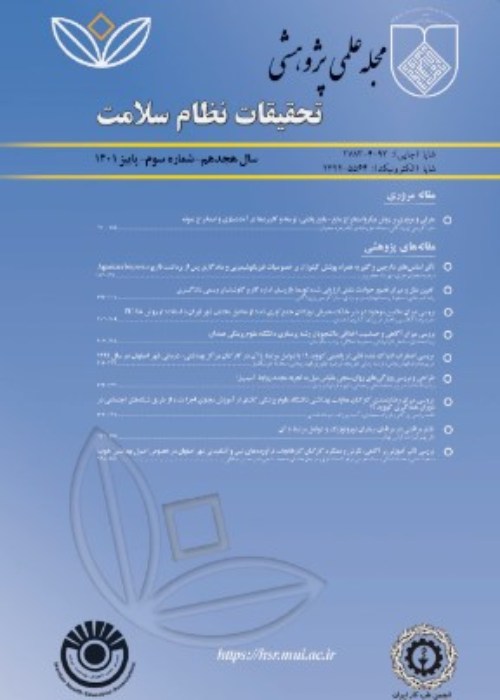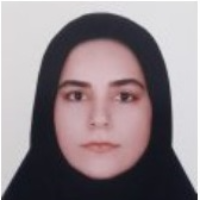Survey on the Antioxidant Vitamin Intake among Athlete Women in Two Different Socio-economic Regions in Isfahan
Author(s):
Abstract:
Background
Exercise increases the generation of oxygen free radicals and lipid peroxidation that cause oxidative damage and result in muscle injury. Vitamin C and, especially, vitamin E are shown to decrease the exercise-induced increase in the rate of lipid peroxidation.the aim of this study was to study antioxidant vitamins intake in athlete women who participant in sport saloon in two region that different in social _ economical level in Esfahan.Exercise increase the production of free radicals and lipid peroxidase which result in oxidative injury and consequently tissue damage. It is suggested that vitamin C and E could decrease the increased level of lipid peroxidase. The aim of this research was to study antioxidant vitamins intake in athlete women who attended in aerobic sport saloon in two different socio-economic regions in Isfahan. Methods
In this descriptive study 99 athlete women aged 15-50 years were selected by random sampling method. Nutritional information of the studied population was obtained by a 24 hours questionnaire for two consecutive days. Mean intake of vitamin C and E was measured and compared with RDA levels and in two studied groups from two regions. Collected data analyzed using SPSS and N4 software.99 women aged 15 _ 50 y who selected randomly, participant in this study. they completed demographic information questionnaire.food information was collected by 24h recall for two days consecutive. the mean vitamin E and C intake measured and compare with RDA and between two group. Data analysis were performed with N4 and Spss software. Findings
Mean intake level of vitamin E in regions with high and low economic level was lower significantly than RDA level. Mean intake level of vitamin E in regions with high economic level was significantly higher than low economic level region (P=0.033). Mean intake level of vitamin C in regions with high and low economic level was higher significantly than RDA level. There was no significant difference in the level of vitamin C in two studied regions (P=0.098). Conclusion
Our findings indicated low intake level of vitamin E among athlete women, which emphasize the necessity of developing appropriate strategies to improve vitamin E intake among this group of population.Keywords:
Language:
Persian
Published:
Journal of Health System Research, Volume:6 Issue: 3, 2010
Page:
450
magiran.com/p865083
دانلود و مطالعه متن این مقاله با یکی از روشهای زیر امکان پذیر است:
اشتراک شخصی
با عضویت و پرداخت آنلاین حق اشتراک یکساله به مبلغ 1,390,000ريال میتوانید 70 عنوان مطلب دانلود کنید!
اشتراک سازمانی
به کتابخانه دانشگاه یا محل کار خود پیشنهاد کنید تا اشتراک سازمانی این پایگاه را برای دسترسی نامحدود همه کاربران به متن مطالب تهیه نمایند!
توجه!
- حق عضویت دریافتی صرف حمایت از نشریات عضو و نگهداری، تکمیل و توسعه مگیران میشود.
- پرداخت حق اشتراک و دانلود مقالات اجازه بازنشر آن در سایر رسانههای چاپی و دیجیتال را به کاربر نمیدهد.
In order to view content subscription is required
Personal subscription
Subscribe magiran.com for 70 € euros via PayPal and download 70 articles during a year.
Organization subscription
Please contact us to subscribe your university or library for unlimited access!



